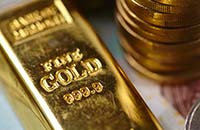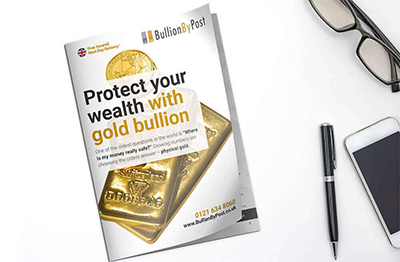Florin
The British Florin, also known as a two shilling coin, was issued from 1849 until 1967, with a final collector’s coin produced in 1970. With a value of a tenth of a Pound, and thanks to having identical specifications, it remained in use until 1993 alongside the ten pence coin.
Covering the reigns of some of Britain’s most famous monarchs, the silver Florin coin is a beautiful small coin, perfect for historical collectors.
English Florin
.
There was a Florin coin used in England during the 14th Century. Produced in 1344, this gold coin was named after the coins issued by Florence, Italy and a similar French Coin. King Edward III had the Florin produced in the hopes of making a coin that could be used across Europe.
Undervalued, the coin was unsuccessful, and the gold Florins were melted down a few months later and used for the more popular gold Noble. Only a very few surviving examples of the English Florin have been found and command high prices when sold.
.
British Florin
.
The silver florin was introduced in 1849 as a very early experiment to decimalise British coins. The two-shilling coin, worth 1/10th of a Pound was released with the name Florin. The name is thought not to be related to the earlier English florin, but a coin from the Netherlands of similar size and value.
The original Florins caused controversy amongst the public, and (reportedly) Queen Victoria herself, for the omission of the initial D G – Dei Gratia (By the Grace of God). These early Florins became known as ‘Godless’ Florins and later revisions corrected the issue in 1851.
The silver Florin continued to be produced until 1967 when the 10 pence coin was introduced, but the two remained in circulation together. It wasn’t until the smaller 10p coin was issued in 1992 that the Florin was officially demonetised, and its 120 year history came to an end.












